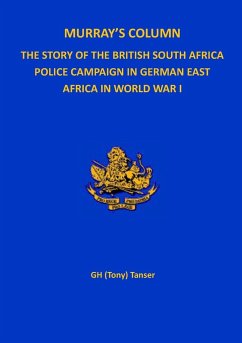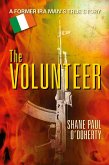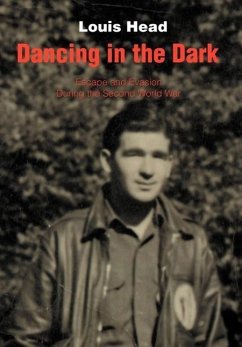From its formation in 1889 the British South Africa Police participated in many campaigns, including service with distinction in the Anglo-Boer War, but during the period 1915-1918 it was to take part in a longer and more challenging campaign than any that had gone before. On the outbreak of World War I it was decided that the German colonies in Africa had to be conquered. German East Africa (later Tanganyika) was one of them. When the north-eastern border areas of Northern Rhodesia were threatened by the Germans various units were raised to defend them and to also carry the battle to the enemy. One of these was the Service Company of the British South Africa Police which was sent to the border in 1915. It became famously known as 'Murray's Column' after its commanding officer, Lieutenant Colonel R.E. Murray, D.S.O. and bar, D.C.M. These days the German East Africa campaign is relatively little known compared to the Western Front. For that reason this account by the well-known Rhodesian author and historian 'Tony' Tanser is an important and detailed record of an epic period in the B.S.A.P.'s history. It has not been previously published and, since the author's death in 1976, it has remained in manuscript form in Harare. In his thorough and exhaustive research for this book, Tony Tanser not only had access to the records of the National Archives of Rhodesia, but also the private papers, diaries and letters of participants in the campaign and personal interviews with survivors. He paints a vivid picture of battles, forced marches along bush tracks, through swamps and rivers, over mountains and high plateaux, on short and sometimes no rations. In the course of a single day the lightly-clad troops could experience cold and rain in the morning and hot, steamy, disease-ridden river valleys in the evening, while all the time having to be on the alert for a highly-trained well-equipped enemy led by a brilliant and ruthless leader General von Lettow-Vorbeck. He was never defeated in the field and only surrendered two days after the Armistice was signed in Europe. Contains 10 maps and 29 photographs








